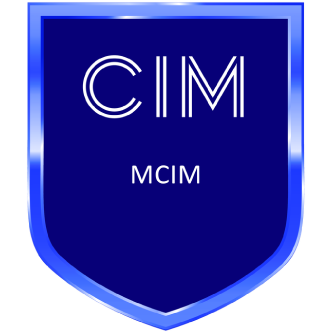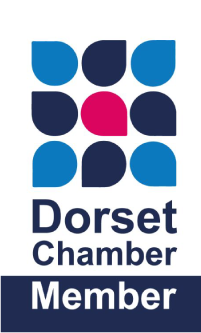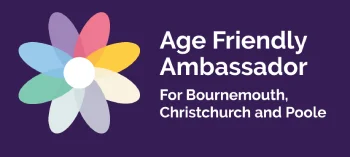When you opt-in for emails or updates from a brand, the initial ‘welcome’ email from them is expected. As a business, you may not realise just how effective this initial communication really is, and often this opportunity to reach out to a customer can go wasted. Building a sequence of introductory emails can be a brilliant way to build relationship, so long as you do it well. Here’s our guide to writing an effective welcome email sequence!
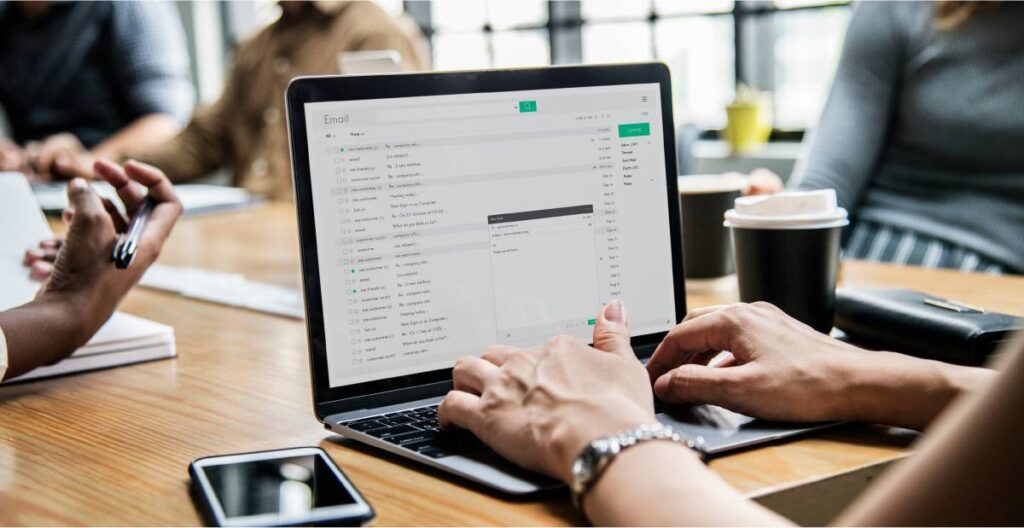
This blog will include a breakdown of what a well-constructed series of marketing emails looks like, as well as an easy template to start writing your own email sequence. For personalised advice and help crafting a perfect set of welcome emails, get in touch with the Somer Design team.
What is an Email Series?
An email series is a set sequence of emails to be sent out to customers who have engaged with your website. Having somebody opt in for email communications with your business is a huge opportunity you don’t want to waste, and a comprehensive email series allows you to maintain communication beyond the initial welcome email and give a comprehensive breakdown of your brand values, offers, and why a user should continue engaging with your site.
Why is it Important?
The power of a welcoming email (or series of emails) can often go underutilised. When a user has just opted in for updates, newsletters, or any other form of email communication through your website, they are at their most excited and ready to engage. This is a golden opportunity to cement that brand-user relationship and increase the chance of earning more business with them later. That initial ‘Welcome’ email gets opened far more than any other email sent, because the customer is at their highest level of interest.
Constructing an email series makes the most of this interest and engagement, taking the opportunity and building a multi-step plan to best use it rather than leaving it at just one email.

What to Know Before you Write one
There are two fundamental things you need to have locked down before you write out an email series. First, what’s your offer? The crux of your emails needs to be an enticing draw to keep a user’s interest. Having a clear understanding of what you can offer a customer and how you want them to further engage from these emails is going to make all the difference.
Secondly, you need to know who your target audience is. Look into your analytics and who is actively signing up for email communication through your website. Catering your emails specifically for your intended audience not only makes the interaction feel a lot more personalised for the reader, but will also help you see greater results in return. Figure out who is going to be reading the series and what they need to hear, then go from there!
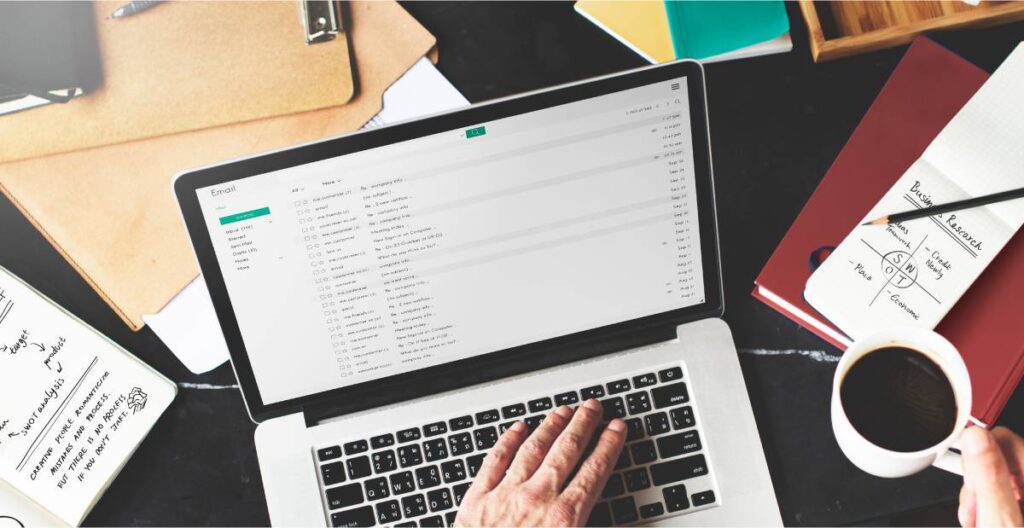
7 Email Plan
Here’s our basic template for what a welcome email series could look like for you, in just seven parts!
Email 1:
This is that first piece of communication, received immediately after a user has signed up for email communication with your site. Keep things super positive – thank them for their engagement, introduce your brand, and make a good first impression.
Email 2:
Next, offer easy value. Reward the customer for engaging with your brand and demonstrate the value you have on offer by providing a quick prize, resource, or discount to further build that relationship and maintain interest.
Email 3:
Use this email to connect with the customer. Demonstrate how you understand their needs and the problems they’re facing, whilst introducing the values of your brand. Who are you and what do you stand for? Tell your brand story.
Email 4:
More value! Continue to demonstrate your quality and expertise as a brand by offering more unexpected prizes/rewards. This continues to build trust and encourages reciprocal engagement.

Email 5:
Here is where you subtly introduce your product. Give slight insight into what you’re offering and how it may be of benefit to the customer’s needs, being sure to frame your product and service as the solution. Introduce an early sign-up for those on the email list.
Email 6:
And now, the big offer. This is where you need to pitch your product or service and give an exclusive chance to purchase. Making the offer time-sensitive and limited will make purchase far more likely. Be sure to tell the reader that they can respond with any and all questions, building trust further.
Email 7:
This is their final chance. Tell the customer it’s the last opportunity to make the most of your offer, but also invite further engagement. ‘What can we be doing better?’ or ‘What would you like to see next?’. This creates a positive brand culture and increases the chance of a customer responding to future offers.



